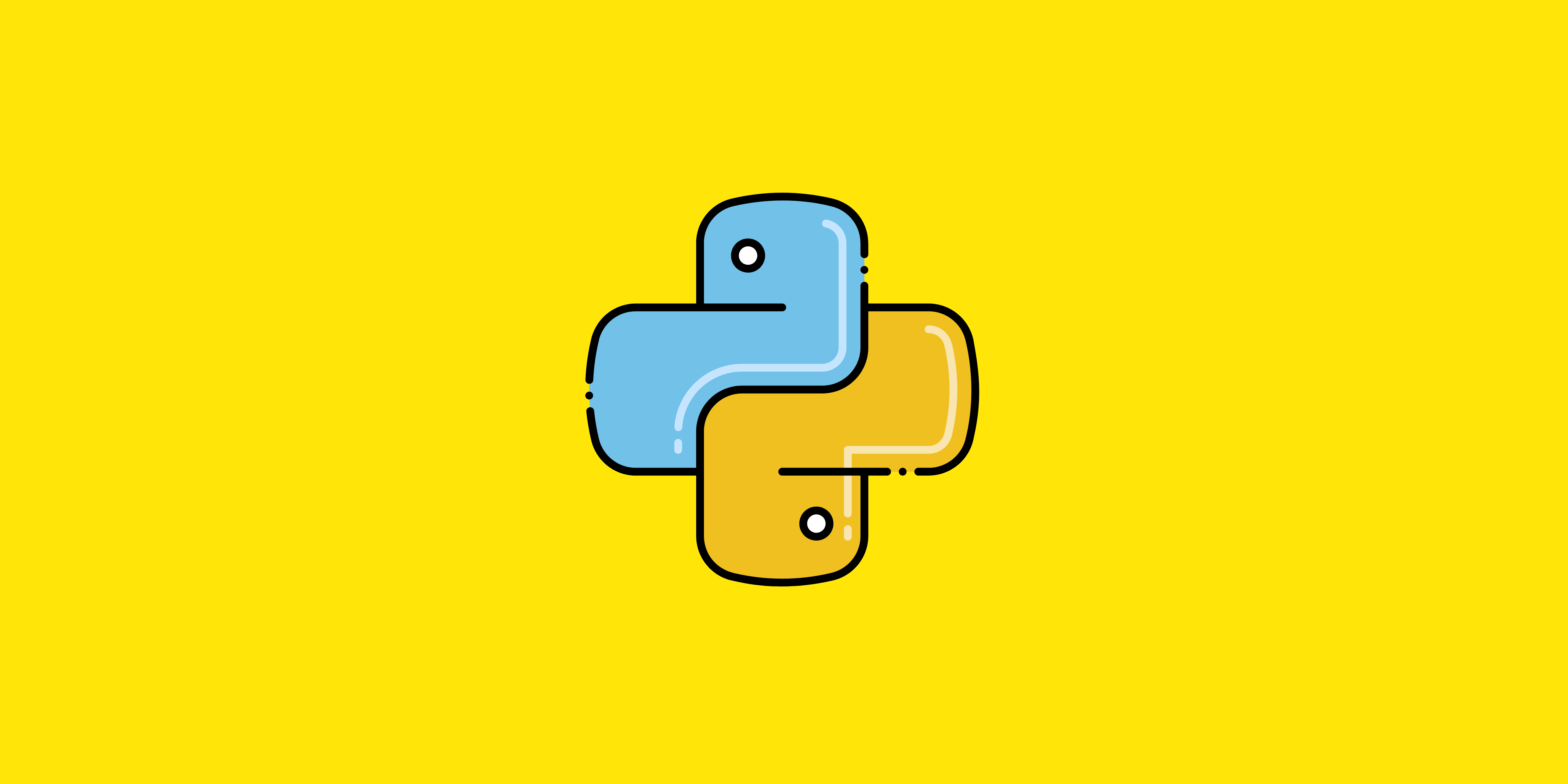Python is a high-level, interpreted, general-purpose programming language known for its remarkable readability, simplicity, and versatility. Created by Guido van Rossum and first released in 1991
Key Features
-
Easy to Learn & Read:
Minimalistic syntax (fewer symbols like
{}or;).Uses indentation for code blocks, enforcing visual structure.
Reads almost like pseudocode, lowering the barrier for beginners.
-
Interpreted & Interactive:
Runs line-by-line via the Python interpreter (no compilation step).
Supports an interactive mode (REPL) for quick testing and prototyping.
Multi-Paradigm:
Supports procedural, object-oriented (OOP), and functional programming styles.-
Dynamically Typed:
Variable types are inferred at runtime (no explicit type declarations).
Flexible but requires careful testing to avoid runtime errors.
Cross-Platform:
Runs on Windows, macOS, Linux, and more."Batteries Included" Philosophy:
Ships with a vast standard library for tasks like file I/O, web protocols, databases, and data compression.
Why Python? Key Strengths
Use Case |
Examples |
|---|---|
Web Development |
Django, Flask, FastAPI (backend frameworks) |
Data Science |
Pandas (data analysis), NumPy (math), Matplotlib/Seaborn (visualization) |
Machine Learning |
Scikit-learn, TensorFlow, PyTorch |
Automation/Scripting |
OS tasks, file processing, web scraping (Beautiful Soup, Selenium) |
Scientific Computing |
Physics simulations, bioinformatics, astronomy |
DevOps & Cloud |
AWS/Azure scripting, infrastructure-as-code (Terraform), CI/CD pipelines |
Embedded Systems |
MicroPython for IoT devices |
Python Code Example (Simple & Readable)
python
# Calculate factorial of a number
def factorial(n):
if n == 0:
return 1
else:
return n * factorial(n-1)
print(factorial(5)) # Output: 120Limitations
Slower Execution: Being interpreted, it’s slower than compiled languages (C++, Java) for CPU-heavy tasks.
Global Interpreter Lock (GIL): Limits true multi-threading (though multiprocessing avoids this).
Not Ideal for Mobile Apps: Weak native mobile support (Kivy/BeeWare exist but are niche).
Who Uses Python?
Google (core search algorithms, YouTube)
NASA (scientific computing)
Netflix (data analysis, server automation)
Spotify (recommendation systems)
Dropbox (desktop client backend)
AI Researchers (PyTorch/TensorFlow dominance)
Python 2 vs. Python 3
Python 2 (EOL in 2020) is obsolete.
Python 3 (current) has modern features like async/await, type hints, and Unicode support. Always use Python 3!
Python’s blend of simplicity and power makes it the #1 language for beginners, the go-to tool for data science/AI, and a staple in modern software development. 🐍✨
.png)